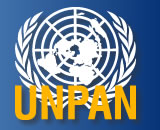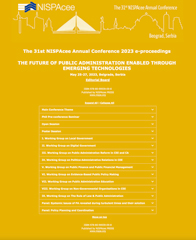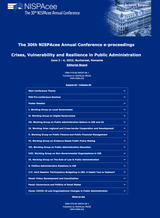The beginning of the transition
It is evident that the transition from a command to a market economy and from a totalitarian state to a pluralist, multiparty democracy is not only a transition in itself but rather a long process of transformation, and it requires essential reforms in the basic functions and institutions of the state (König 1992). It also requires the emergence or re-emergence of a civil society.
First of all, we have to make a clear distinction between transition and transformation. The term “transition” refers to the beginning and the completion of a historical process. In that sense, the CEE countries had a starting point – a partystate or a state-party system –, and in the coming 30–40 years, they should manage to perfect a system of market economy and liberal democracy.
The term “transformation” covers the essential changes in economy, society, and politics in the process.
These transformation and transition processes have emerged from various historical backgrounds. There were differences in the starting points of the transition in the CEE countries, and these differences have deepened in the course of transition.
This means that on one end of the continuum, you can find functioning market economies and liberal democracies while on the other end of the continuum, liberal democracy is not a system which really exists but an instrument for the international legitimisation of their political systems which are closer to enlightened absolutism than to liberal democracy. The relationship between them can be characterised as a “diverging convergence”.
For this reason, the Hungarian experiments have to be carefully applied to all CEE countries. Perhaps the reform and modernisation processes of the new EU member and accession states from this region are more or less similar to the Hungarian pattern. For the other countries in the region, this pattern is less relevant, and in a few cases, the development of liberal democracy would threaten the political stability in these countries.
In Hungary, it is convenient to break up the process of administrative reform into various phases. Three phases are distinguished from each other: the first lasting from 1989 to 1994, the second from 1995 to 2003, and the third from 2004 to the present time.




 Price:
Price: 








